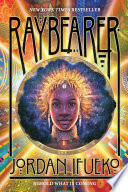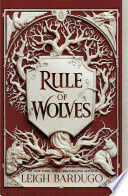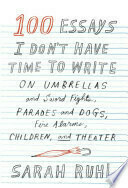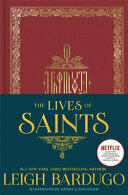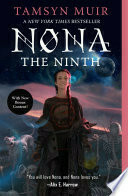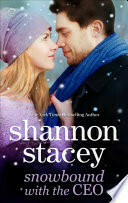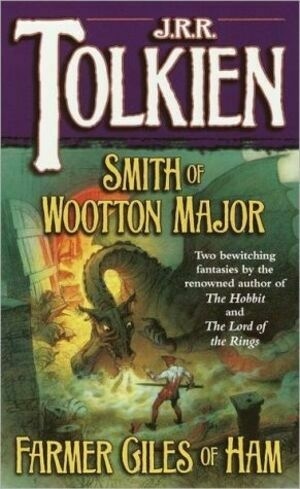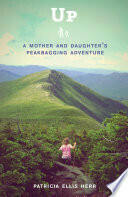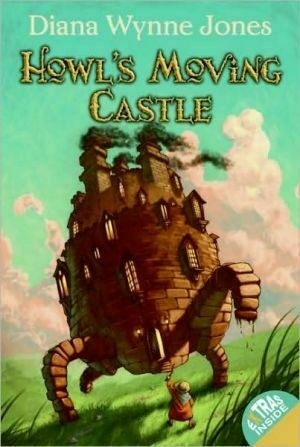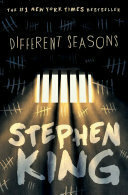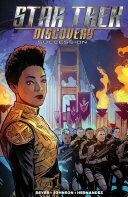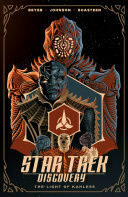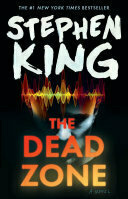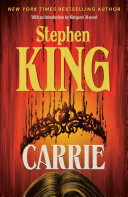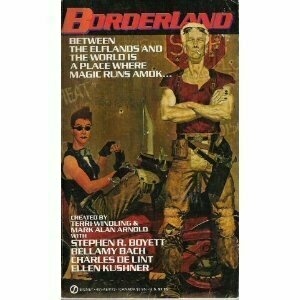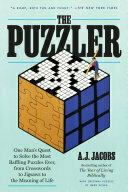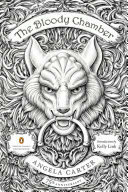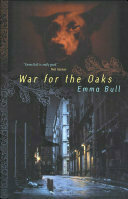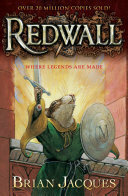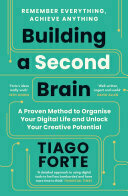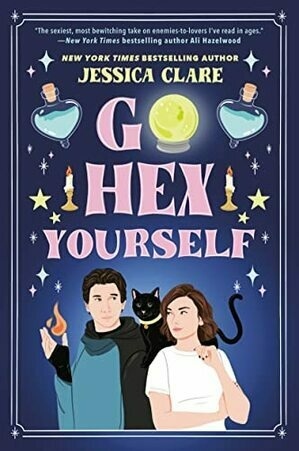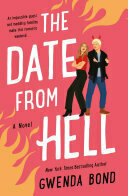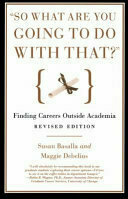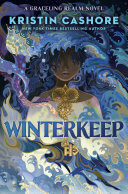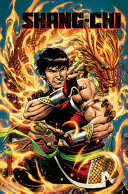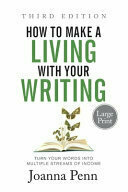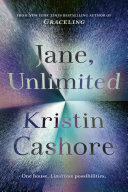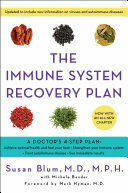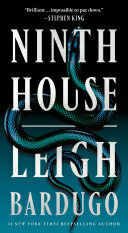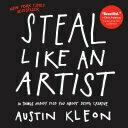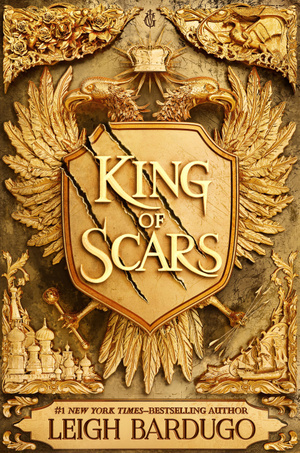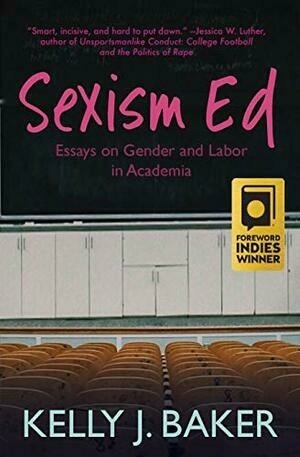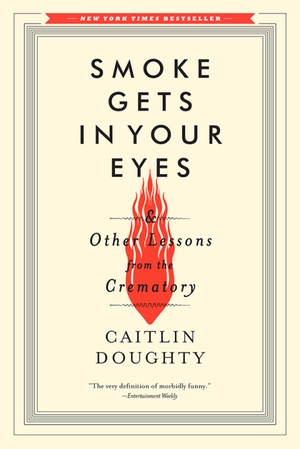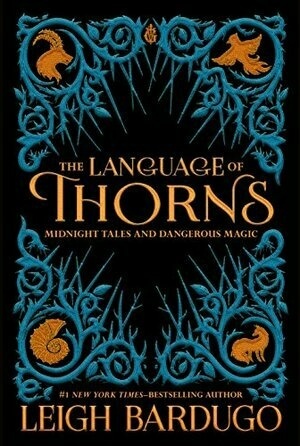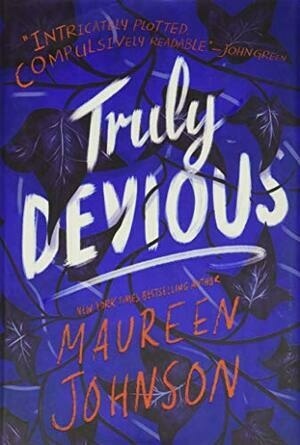I thought, given my heavy criticism of the potential perspective that we should all join the Luddite club, it might be useful to discuss my own smartphone use and the steps I take to moderate it.
Let me start by saying that I know in the case of addictive behavior, moderation is sometimes not an option. I have no objection to people recognizing that they are in this situation and opting out of smartphone use, or potentially any Internet use at all. You’ve got to do what’s right for you.
My objection is to people who might suggest that what’s right for the Luddite club is right for everyone with a smartphone.
Don’t want a smartphone? Cool! Get rid of yours if you have one! Never get one if you don’t!
I myself vacillate wildly between intense use to the point of it disturbing my sleep (not good, obvs) and more instrumental use that is less disruptive to the rest of my life.
When I start to notice intense use - or when something like the Luddite club article prompts me to consider my own use - there are a few techniques I rely on to curb my use and help me moderate.
For a long time, my default was to work my way through this Better Humans article, Configure Your iPhone to Work for You, Not Against You. It links an Android version at the end, but the principles work for any smartphone, regardless of OS. This is a time consuming process and actually in the name of habit change and productivity involves adding apps I almost never use, so I have stopped going through the full process. I’ll sometimes Google around for other ideas about turning smartphones into tools (as opposed to toys or distraction), and use what I learn in those, too.
Here are the things I do, divided into almost always and sometimes categories.
Almost always
Turn off almost all notifications. I get notifications for calls, texts, and maps. That’s it. Corollary: I almost always have my phone on vibrate or silent, so even those notifications don’t disturb me.
Avoid social media apps. As much as possible, if I’m going to use social media, I do it through the browser. Occasionally I’ll need a feature like putting up a story on Instagram when I was on the UC Irvine Strike Solidarity Team’s Social Media Team and was contributing to that Instagram account. But I usually uninstall pretty rapidly after that.
Turn on Do Not Disturb. I’m in Do Not Disturb mode, with only starred contacts allowed through, unless I’m expecting a call from someone who isn’t a starred contact (like my doctor or a contractor who’s coming to work on the house). Starred contacts include family members and my kid’s school. That’s it.
Use no wallpaper + a black background OR Austin Kleon’s Read a Book Instead wallpaper. Pretty self-explanatory.
Turn off Raise to Wake. I have to push a button to turn my phone on and put in a code to see anything on it. (I just switched from a swipe to a numerical code in order to add a little more friction.)
Use bedtime mode at night. Most of the time, I have the phone in black and white with even more notifications blocked than usual, between 7:30 pm and 7:30 am. If I’m up in the night and want to watch something or play something on my phone, I try to leave bedtime mode on and do it in black and white. This only helps some, though.
Sometimes
Use Firefox Focus as my browser. When I’m getting way too deep into Internet rabbit holes, which I usually do in Chrome, I disable Chrome and switch to Firefox Focus. It doesn’t remember my log-ins, so I have to log in to each site I visit every time I visit it. It doesn’t keep a history, so I have to either search for or manually type in URLs. Sometimes, I need the affordances of Chrome, and I switch it back on. I haven’t figured out how to copy and paste in Focus yet.
Remove everything from my home screen. I usually have a pretty sparse home screen, but sometimes I remove everything from it. I’m not sure this is very effective though because then I tend to pull up the app drawer and scroll through all the apps, including some distracting ones like the browser, to get to the thing I want. So sometimes I’m more strategic and drop my most frequently used useful apps, like Google Keep and anything related to books or podcasts, on my home screen.
Use bedtime mode all day. Having the phone be in black and white makes it less appealing.
In the future
I still am in the bad habit of checking my phone first thing in the morning, last thing before bed, and any time I get up in the night. So I’ll be working on that.
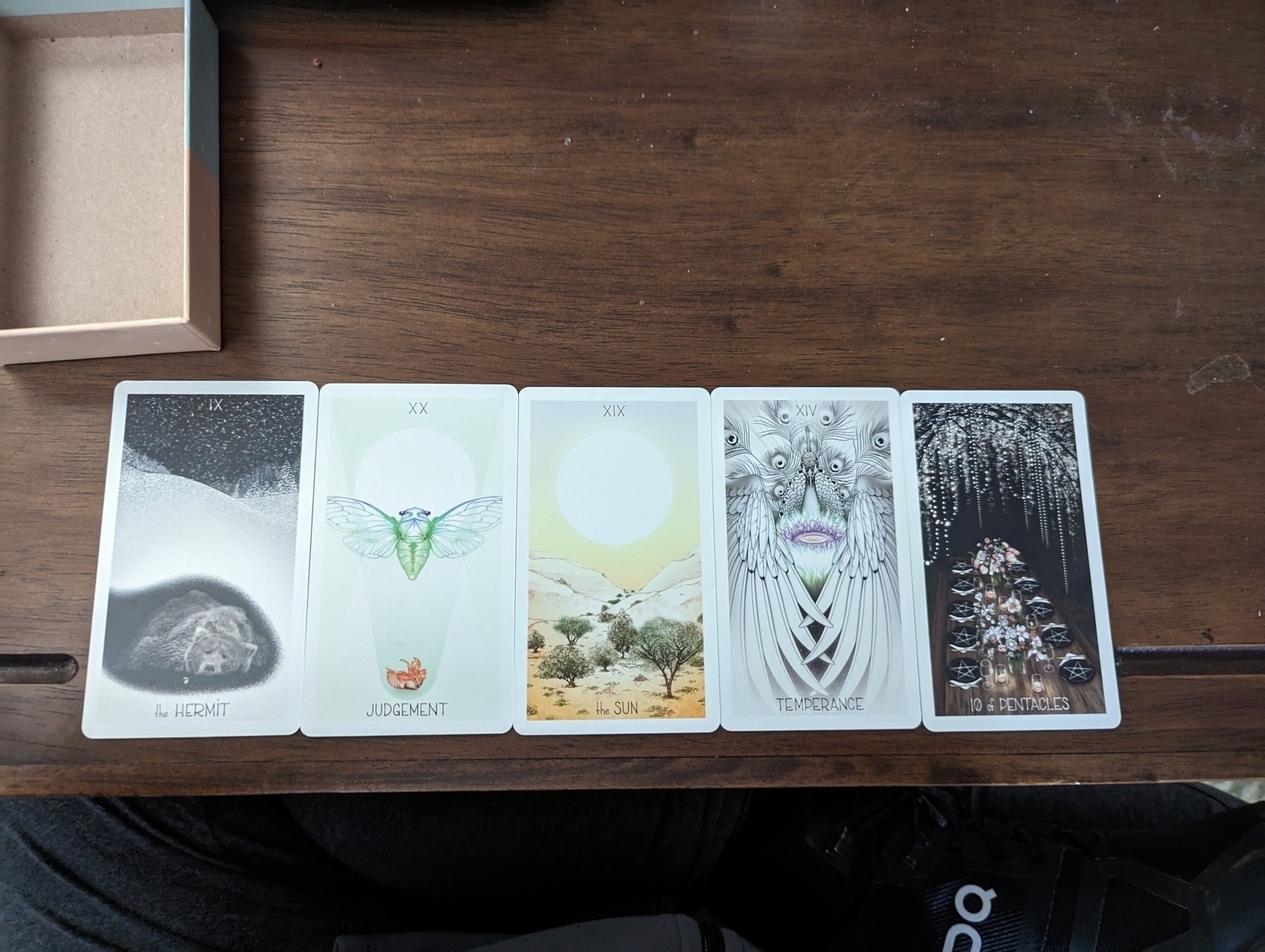
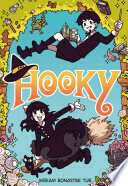
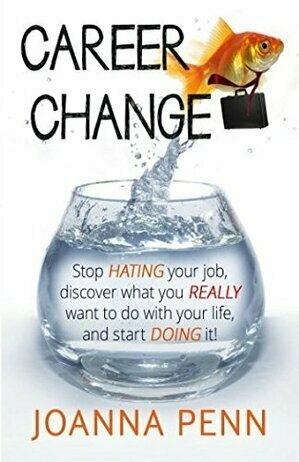
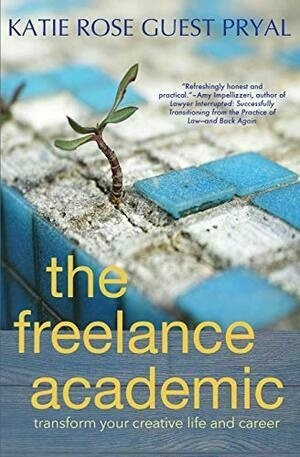
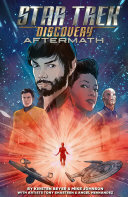
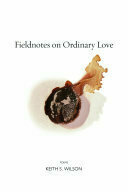
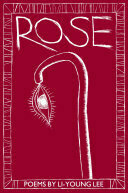
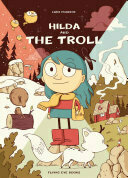
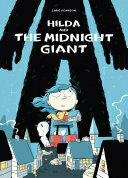
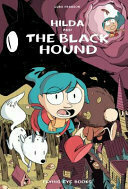
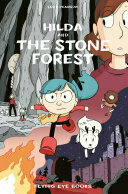
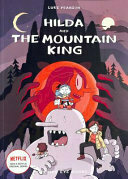
![Death on the Nile [Movie Tie-In 2022]](https://cdn.micro.blog/photos/300x/https%3A%2F%2Fbooks.google.com%2Fbooks%2Fcontent%3Fid%3DJ3gwzgEACAAJ%26printsec%3Dfrontcover%26img%3D1%26zoom%3D5%26source%3Dgbs_api)


